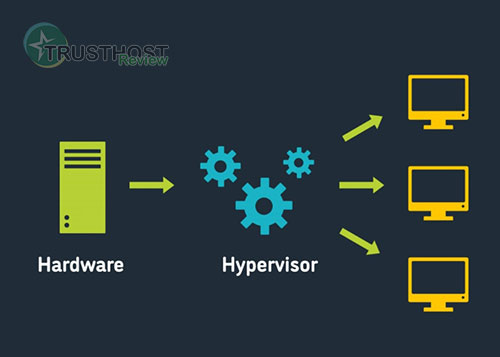SSL/TLS: Securing Website Communication
Last updated Friday, 19/07/2024 03:04 by Lioniel Richard
Learn about SSL/TLS, a crucial security protocol that safeguards data transmitted between websites and users, ensuring privacy and trust online.
Table Of Content:
What is SSL/TLS?
SSL/TLS (Secure Sockets Layer/Transport Layer Security) is a cryptographic protocol designed to secure communication between a user's web browser and a website. It establishes an encrypted connection, safeguarding sensitive information like passwords, credit card details, and personal data from unauthorized access during transmission.

How SSL/TLS Works:
- Handshake: The process begins with a "handshake" between the browser and the website's server. They agree on the encryption algorithms and establish a secure connection.
- Encryption: Once the connection is established, SSL/TLS encrypts the data exchanged between the browser and the server, making it unreadable to any third party intercepting the communication.
- Authentication: SSL/TLS certificates, issued by trusted Certificate Authorities (CAs), authenticate the website's identity, ensuring users are connected to the intended site and not a malicious imposter.
Benefits of SSL/TLS:
- Data Encryption: Safeguards sensitive information during transmission, protecting it from eavesdropping and data breaches.
- Website Authentication: Verifies website identity, building trust and confidence among users.
- SEO Benefits: Search engines like Google prioritize websites with SSL/TLS certificates, improving search rankings and visibility.
- Compliance Requirements: Many industry regulations, such as PCI DSS for online payments, mandate SSL/TLS implementation.
Identifying Websites with SSL/TLS:
- HTTPS: Look for "https://" in the website URL instead of "http://".
- Padlock Icon: A padlock icon in the browser's address bar indicates an active SSL/TLS connection.
- Certificate Information: Clicking on the padlock icon displays the website's SSL/TLS certificate details, including the issuing CA and validity period.
Conclusion:
SSL/TLS is an essential security protocol that safeguards online communication, protecting both website owners and users. Implementing SSL/TLS is crucial for any website handling sensitive information, ensuring data privacy, building user trust, and complying with industry standards.
Published: 15 July 2024 02:21
















